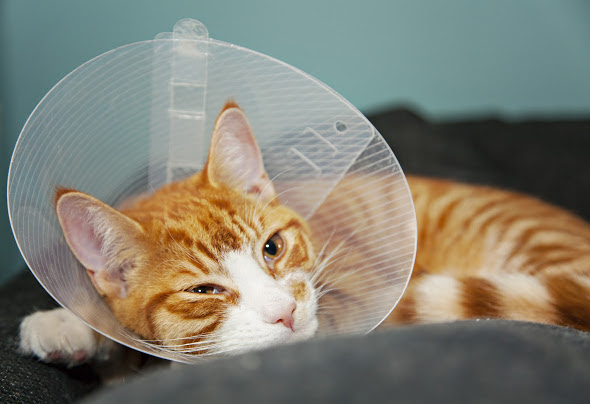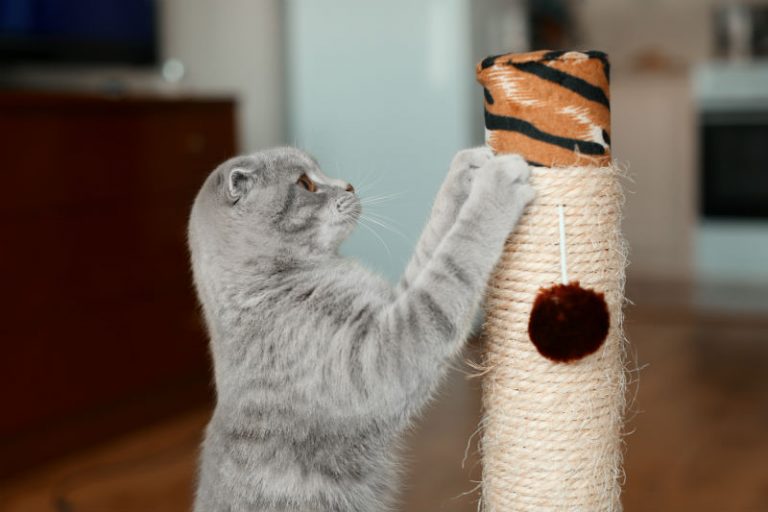Read part 1 and part 2 of the Wound Healing blog series!
Human intervention, when needed:
- Pus pockets must be drained. Eventually, will rupture out on their own (it can be a disaster if they rupture in instead of out), but often they will take a great deal of overlying tissue with them. Sometimes in-dwelling drains must be placed surgically to assist in removing harmful fluids.
- The wound must be kept moist. This can be accomplished with bandages and/or ointments. A moist wound has better blood flow and can heal more effectively.
- Gross contamination should be removed. Dirt, hair, pus and other bacteria-rich substances should be flushed from the wound. Antibiotics may be needed either orally, topically, or both to address the infection.
- Dead tissue should be trimmed. If there is nonviable tissue in the wound, it should be removed so the body will not have to liquefy it. This can be done through surgery, through certain types of bandages or by topical applications depending on the type of wound.
- Wound-enhancing topical products are sometimes employed. Some aid to reduce infection and/or stimulate the formation of granulation tissue. (i.e., honey impregnated dressings)
If your pet’s wound is fresh and your pet will allow it, try to flush out large debris particles with tap water (saline flush as used for eyes is even better). Cover the wound with clean, dry bandage material, if possible. See your veterinarian for professional wound care as bandages can cut off circulation to a limb if applied incorrectly.
Non-healing Wounds
Some wounds may become chronic, either relapsing or never show signs of healing. In this case, consult your veterinarian ASAP. Non-healing wounds may have other underlying disease process involvement (ie, tumour) or may simply be infected or have antibiotic resistant bacteria. This is common in human medicine but is becoming more commonplace amongst veterinary patients. Do not try to do it yourself and end up with an advanced and possibly untreatable problem.
Referenced from https://www.vin.com/
Read part 1 and part 2 of the Wound Healing blog series!
Written by Dr. Alex Hare




